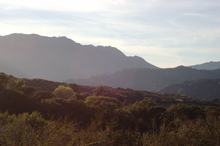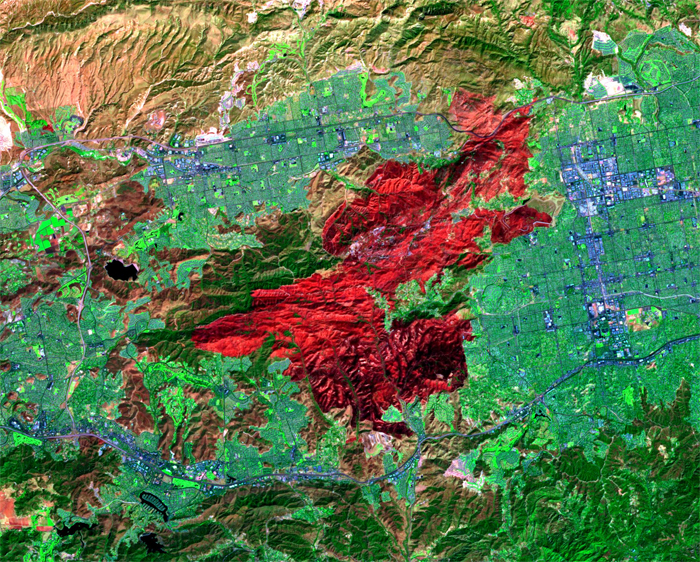The project is designed to study the changes in water yield from the catchment due to bushfire. The question should be discussed with references to the types of vegetations, their age, and possible impact of these types on the water yield from the catchment. Referring to the effects of the Topanga Fire in California in 2005, it is possible to compare the implications of the bushfires on water yield from the catchment concentrating on the role of forests, bushes and shrubs, and grasslands as the types of vegetation. The objectives of the scope report are to discuss the changes in water yield because of bushfires according to the re-estimation of the water balance in the region. To estimate the effects of the bushfire on water yield from the catchment, it is necessary to compare the situation in relation to the vegetation before the fire and after it.
The vegetation types affect the water yield in the catchments directly because of the specifics of the hydrological processes. From this point, aspen and conifer forests have more influential effects on preserving the water balance. Forests contribute to the catchment evapotranspiration. However, the effects of the grass vegetation on the catchment can be discussed as less significant. For instance, the territory of Topanga in California was characterized by rich and rather old grass lands with bush and shrub vegetation (“California:Topanga”). The increase or decrease in vegetation can change the water balance of catchments significantly. The factors which influence the water yield from the catchment are not only vegetation types but also groundwater (Dymond and Davie).

The bushfire can lead to changes in the water balance and water yield from the catchment within the definite territories. Deforestation as well as the decrease in vegetation as a result of bushfire influences the significant reduction in the water yield. The researchers state that influencing the catchment water balance, such changes as the destruction of vegetation result in reducing the water yield to 15-20% (Fahey and Ekanayake). The immediate changes in vegetation as a result of the disturbance of forests and grasslands lead to the rapid reductions in relation to catchment and water balance. These changes differ from the seasonal gradual changes that is why the negative effects of the processes are more obvious.
The effects of the bushfire on the changes in the water balance at the territories destructed by the fire and alternations in the water yield from the catchment can be short-term and long-term. The substantial reduction in the typical water yield which comes after the bushfire during a short period of time is compensated later when the forests or grasslands re-grow (Fahey and Ekanayake). These processes contribute to the changes in water yield for better.

Nevertheless, it is also important to pay attention to the type of vegetation before the forest or grassland are destroyed by the fire because the negative consequences of destroying forests of different types are longer and more substantial. Furthermore, it is necessary to concentrate on the combination of such factors as the types of vegetations, grassland or forests, and intensity of the fire in order to predict the possibilities for the territories’ recovery and estimate the changes in the water yield from the catchment due to bushfires.
Works Cited
California:Topanga. 2004. Web.
Dymond, John, and Tom Davie. “Integrating Environmental and Socio-Economic Indicators of a Linked Catchment–Coastal System Using Variable Environmental Intensity”. Journal of Environmental Management 46.1 (2010): 484–493. Print.
Fahey, Ben, and Jen Ekanayake. “Using the Water Balance Model to Predict Catchment Water Yields and Low Flows”. Journal of Hydrology 49.1 (2010): 35-38. Print.
Topanga Fire. 2005. Web.